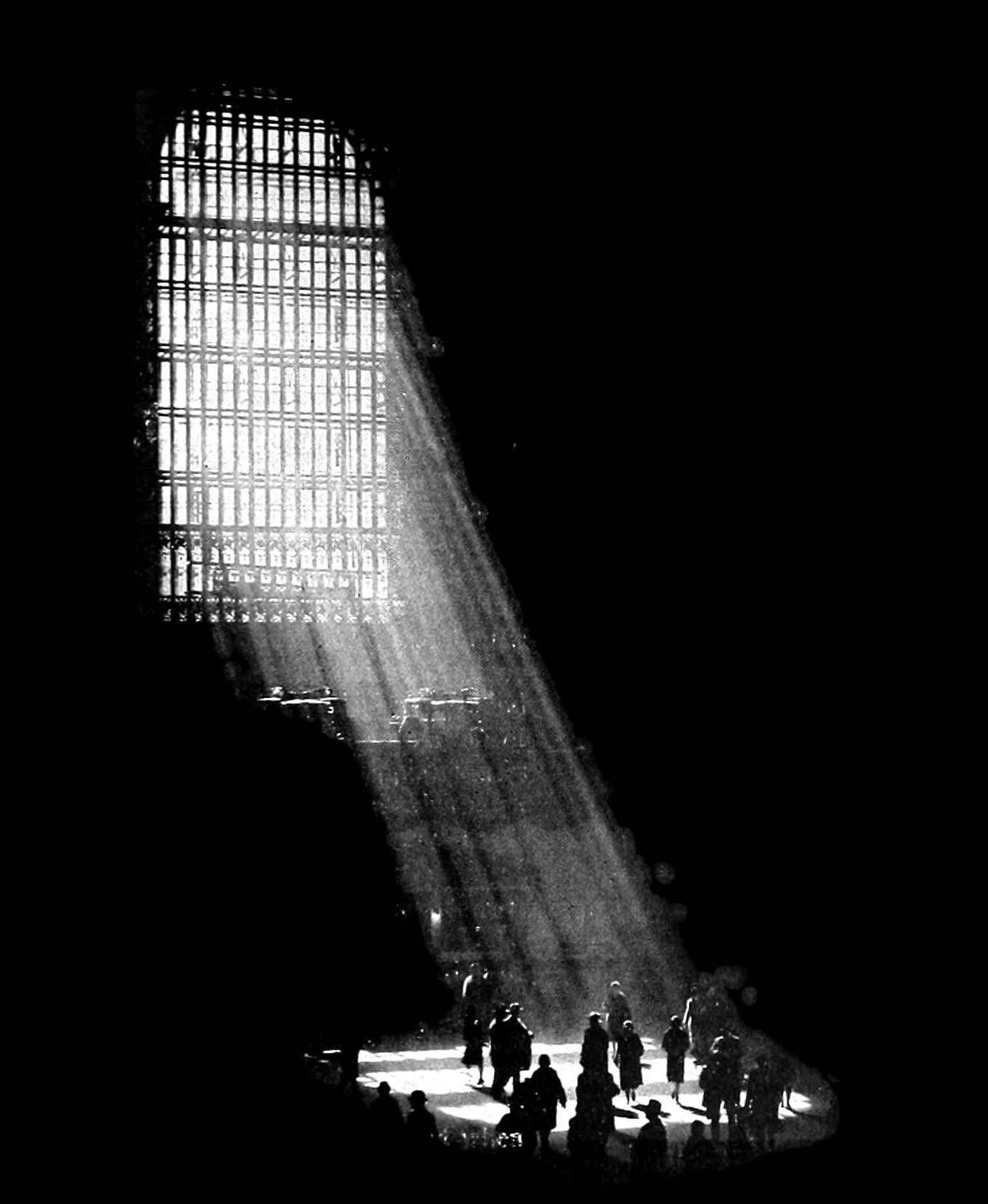Sparse stochastic processes identification and sampling
Discrete sample representation of sparse continuous stochastic processes
2018-11-22 — 2018-10-28
Wherein sampling and estimation for stochastic differential equations driven by Lévy noise are examined, an inference machinery is presented, and Bayesian non‑Gaussian priors for sensing of sparse signals are derived.
calculus
dynamical systems
geometry
Hilbert space
how do science
Lévy processes
physics
sciml
SDEs
signal processing
statistics
statmech
stochastic processes
time series
uncertainty
Sampling and estimation theory for SDEs driven by Lévy noise, which produces a nice inference theory and gives us a machinery for producing priors for Bayesian sensing problems where the signal is known to be non-Gaussian. I have not got much to say about this yet. In particular, I should say what “sparse” implies in this context. 🚧TODO🚧 clarify
Related maybe, signatures of rough paths.
1 References
Amini, Unser, and Marvasti. 2011. “Compressibility of Deterministic and Random Infinite Sequences.” IEEE Transactions on Signal Processing.
Applebaum. 2009. Lévy Processes and Stochastic Calculus. Cambridge Studies in Advanced Mathematics 116.
Bolin. 2014. “Spatial Matérn Fields Driven by Non-Gaussian Noise.” Scandinavian Journal of Statistics.
Bostan, Kamilov, Nilchian, et al. 2013. “Sparse Stochastic Processes and Discretization of Linear Inverse Problems.” IEEE Transactions on Image Processing.
Bruna, and Mallat. 2013. “Invariant Scattering Convolution Networks.” IEEE Transactions on Pattern Analysis and Machine Intelligence.
———. 2019. “Multiscale Sparse Microcanonical Models.” arXiv:1801.02013 [Math-Ph, Stat].
Bruna, Mallat, Bacry, et al. 2015. “Intermittent Process Analysis with Scattering Moments.” The Annals of Statistics.
Bruti-Liberati, and Platen. 2007. “Strong Approximations of Stochastic Differential Equations with Jumps.” Journal of Computational and Applied Mathematics, Special issue on evolutionary problems,.
Cheng, and Ménard. 2021. “How to Quantify Fields or Textures? A Guide to the Scattering Transform.”
Hanson. 2007. “Stochastic Processes and Control for Jump-Diffusions.” SSRN Scholarly Paper ID 1023497.
Ikeda, and Watanabe. 2014. Stochastic Differential Equations and Diffusion Processes. North-Holland Mathematical Library, v.v.
Mallat. 2012. “Group Invariant Scattering.” Communications on Pure and Applied Mathematics.
Maravic, and Vetterli. 2005. “Sampling and Reconstruction of Signals with Finite Rate of Innovation in the Presence of Noise.” IEEE Transactions on Signal Processing.
Marziliano, Vetterli, and Blu. 2006. “Sampling and Exact Reconstruction of Bandlimited Signals with Additive Shot Noise.” IEEE Transactions on Information Theory.
Matheron. 1973. “The Intrinsic Random Functions and Their Applications.” Advances in Applied Probability.
Meidan. 1980. “On the Connection Between Ordinary and Generalized Stochastic Processes.” Journal of Mathematical Analysis and Applications.
Oyallon, Belilovsky, and Zagoruyko. 2017. “Scaling the Scattering Transform: Deep Hybrid Networks.” arXiv Preprint arXiv:1703.08961.
Sprechmann, Bruna, and LeCun. 2014. “Audio Source Separation with Discriminative Scattering Networks.” arXiv:1412.7022 [Cs].
Sun, and Unser. 2012. “Left-Inverses of Fractional Laplacian and Sparse Stochastic Processes.” Advances in Computational Mathematics.
Tan, and Goyal. 2008. “Estimating Signals With Finite Rate of Innovation From Noisy Samples: A Stochastic Algorithm.” IEEE Transactions on Signal Processing.
Unser, M. 2015. “Sampling and (Sparse) Stochastic Processes: A Tale of Splines and Innovation.” In 2015 International Conference on Sampling Theory and Applications (SampTA).
Unser, Michael A., and Tafti. 2014. An Introduction to Sparse Stochastic Processes.
Unser, M., Tafti, Amini, et al. 2014. “A Unified Formulation of Gaussian Vs Sparse Stochastic Processes - Part II: Discrete-Domain Theory.” IEEE Transactions on Information Theory.
Unser, M., Tafti, and Sun. 2014. “A Unified Formulation of Gaussian Vs Sparse Stochastic Processes—Part I: Continuous-Domain Theory.” IEEE Transactions on Information Theory.
Wang, and Martin. 2021. “Gibbs Posterior Inference on a Levy Density Under Discrete Sampling.”
Yadrenko. 1983. Spectral theory of random fields. Translation series in mathematics and engineering.
